|
Other Kalamazoo Companies
in World War Two:
Checker Car Company
Fuller Manufacturing Company
Gibson Guitar
Ingersoll Steel and Disk
Shakespeare Company During World War Two
1896-1970 Kalamazoo, MI
1970-Current Columbia, SC
The Shakespeare Products
Division of the Shakespeare Company made automotive parts including carburetors and control cables. After World War Two
it was re-named the Flexible Controls Division and in 1981 became Spearflex. It remained in Kalamazoo as a separate company until
1989 when it closed operations in Kalamazoo.
This page added
1-5-2022.
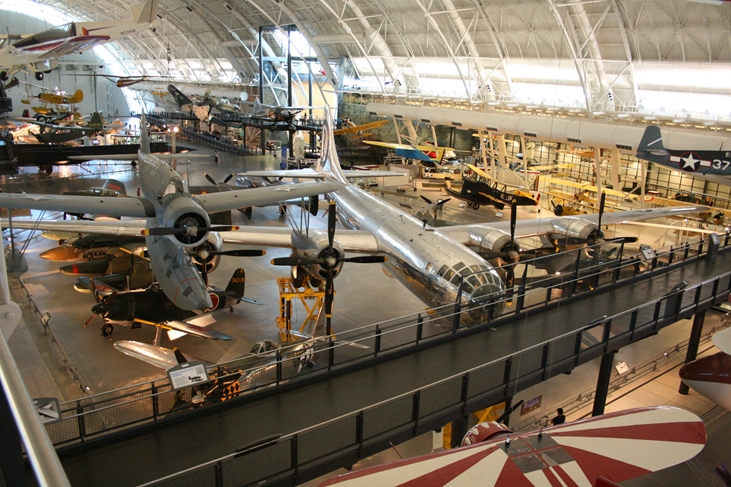
In the early morning of August 6, 1944, Colonel Paul Tibbets firmly pushed
forward the four throttles on the Enola Gay. The overloaded B-29 started
to pick up speed as it headed down the runway on Tinian Island.
The throttles he now held all the way forward had been mounted in its
pilot's stand assembly during its construction at the Shakespeare
Products Division plant of the Shakespeare Company in Kalamazoo, MI.
The Enola Gay lifted off the end of the runway and disappeared into the
darkness. The Enola Gay, equipped with Shakespeare Products-built components
in the aircraft, was on its way to its date with destiny. Author's
photo.
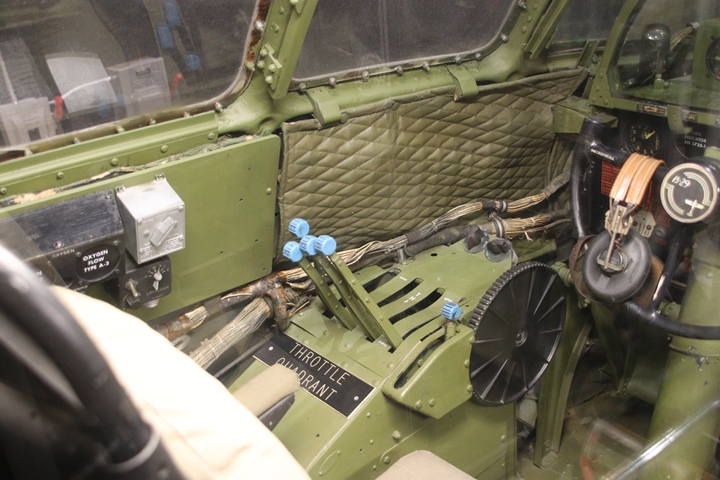
The pilot's throttle quadrant was part of
the larger pilot's stand assembly. Author's photo.
One of the biggest pieces of lost World War
Two industrial history is that a company best-known for the
manufacture of fishing rods and reels was a key supplier of flight deck
components for the B-29 program and specifically the Enola Gay. The Shakespeare
Products Division of Shakespeare produced control and instrument stands
for the Enola Gay. These were just one type of the many products
Shakespeare manufactured to help win World War Two that were totally
unrelated to its line of fishing products and automotive components.
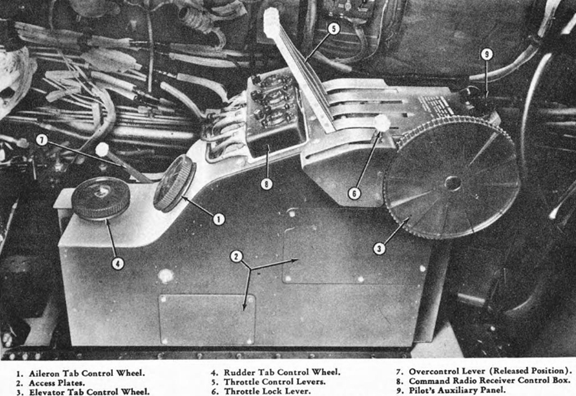
The Shakespeare Products pilot's stand
assembly was a very complex piece of equipment and contained more than
the throttle quadrant.
Four other similar Shakespeare Products-built assemblies were also in the Enola
Gay. These were for the co-pilot, bombardier, flight engineer, and
the pilot's control pedestal.
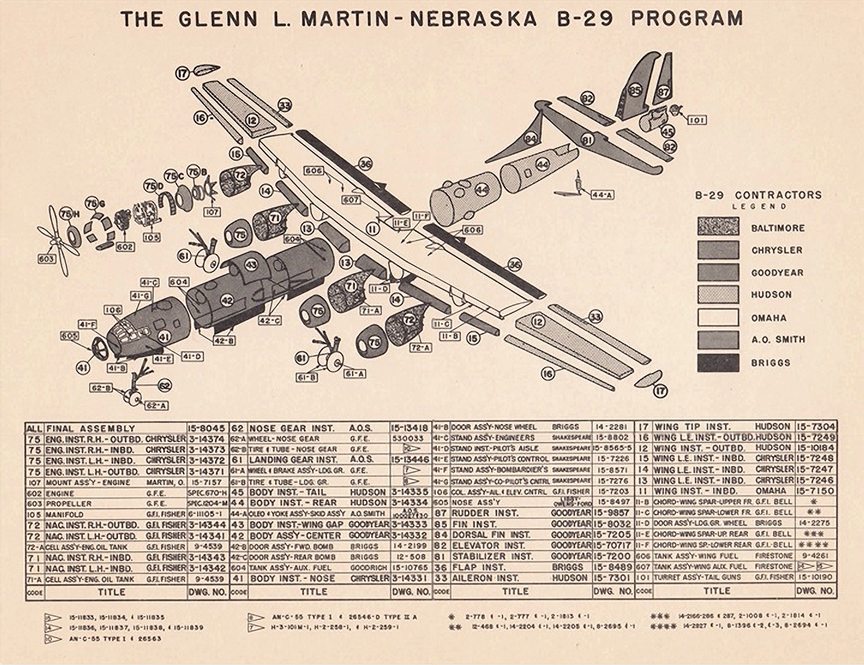
This document shows the major suppliers that
the Glenn L. Martin Company utilized for the B-29s it built in Omaha,
NE. This is the primary source document that ties Shakespeare to
the B-29 Enola Gay. The Enola Gay was one of 531 B-29s built at
the plant. All of the B-29s that were built during World War Two
for the carrying of nuclear weapons were built at Omaha.
The five products that Shakespeare Products
built for the B-29s at Omaha are listed at the top of the third column
from the left. Chrysler was the company that built the nose
section for the B-29s built at Omaha. What is strange is that the
five stand assemblies were not shipped to Chrysler for assembly into the
nose section during its construction. If this had been the case, it would be unknown that
Shakespeare was the manufacturer of the B-29 stand assemblies.
The Glenn L. Martin Company in Omaha, NE was
not the only suppler of B-29s. Bell, Boeing, and Lockheed also
built another additional 3,439 B-29s. It is unknown if
Shakespeare Products also produced the stand assemblies of any or all of
the these B-29s.
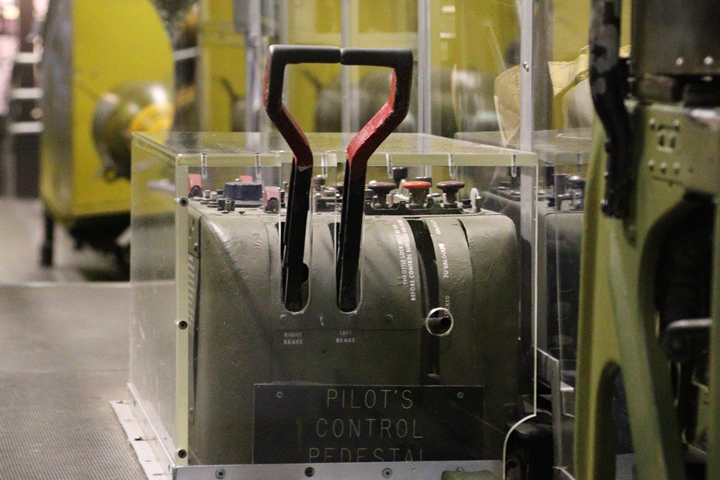
The pilot's control pedestal was located in
the walkway between the pilot and co-pilot. This and the next view
are from the front of the unit. Author's photo.
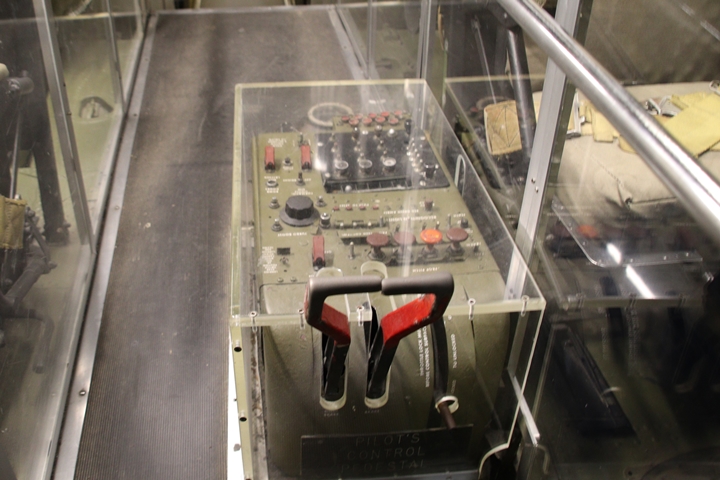
Author's photo.
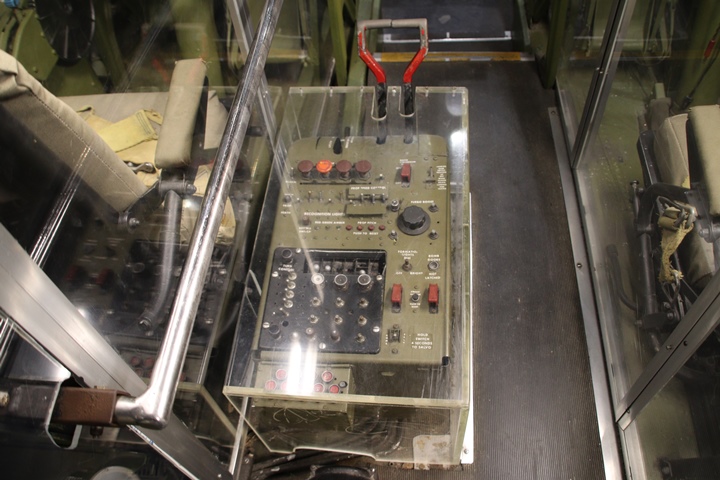
This and the next photo show the unit
looking down from behind the pedestal. Author's photo.
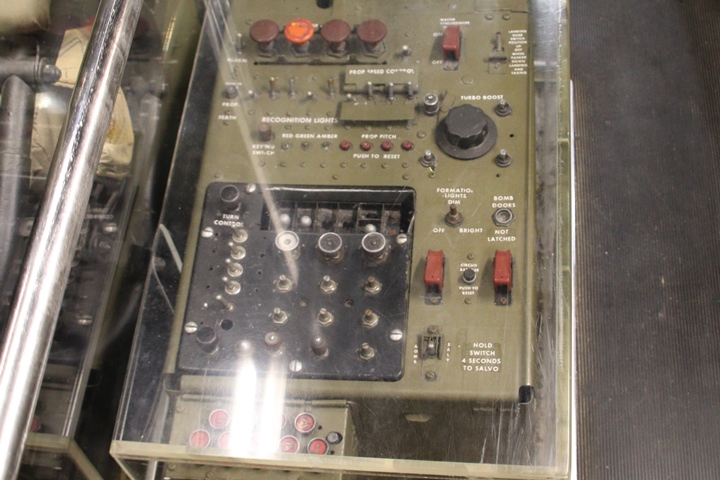
This was a very complicated piece of
equipment that would have a considerable amount of wiring and soldering
involved in its construction. Author's photo.
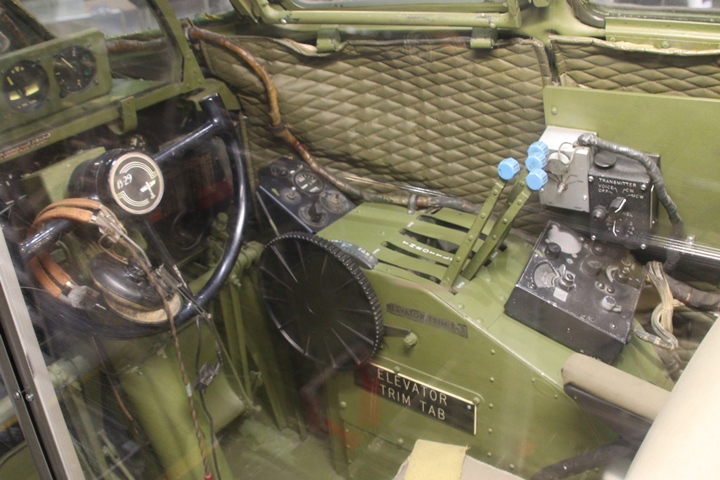
This is the co-pilot's stand assembly.
Author's photo.
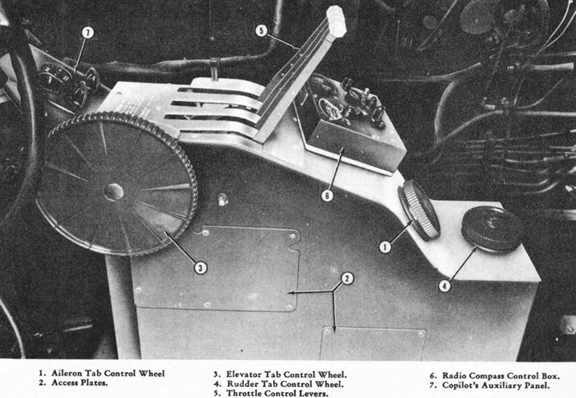
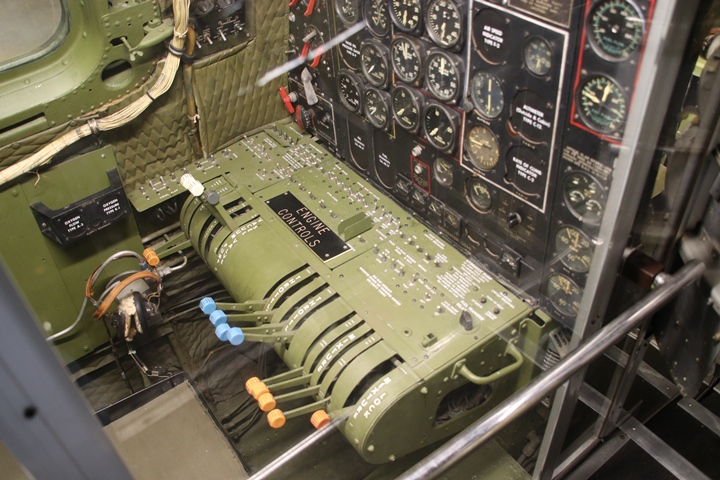
The flight engineer's station on the B-29
was the most complicated of the stands. Author's photo.
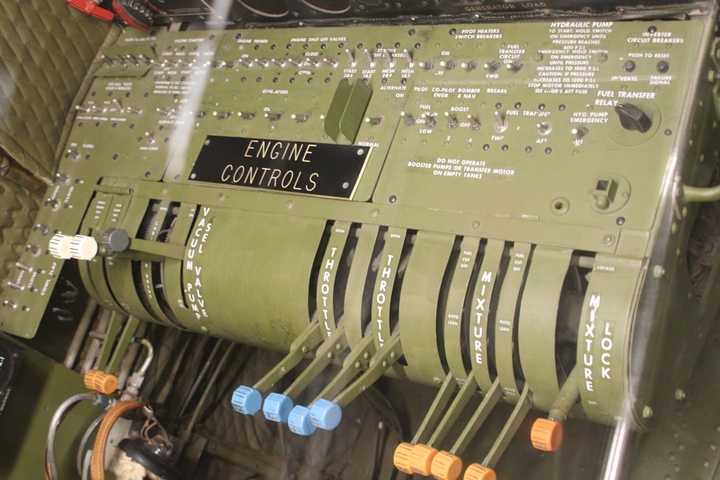
Author's photo.
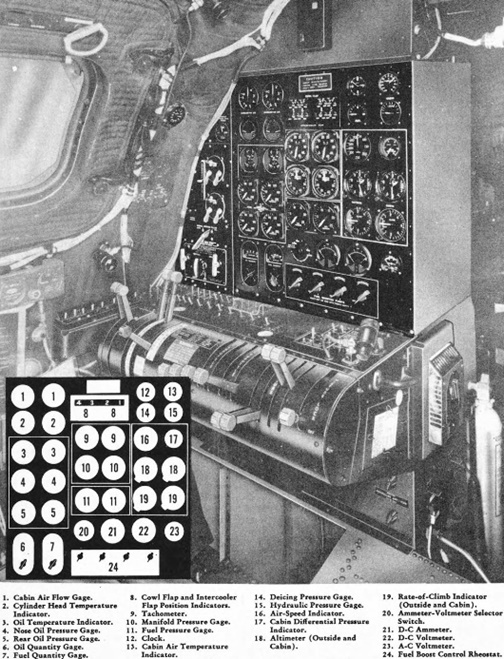
The Shakespeare Company was formed in 1896 by
William Shakespeare, Jr. What an interesting name! He was
named after the most famous playwright in English history.
A brief chronological history of Shakespeare
Company
-
1896 - William
Shakespeare Jr. was granted a patent for the level winding
reel.
-
1896 - William
Shakespeare Jr. formed the William Shakespeare Company in Kalamazoo
MI. The new company occupied one floor of a four story
warehouse on Water Street.
-
1905 - The company was
incorporated.
-
1913 - The company
moved to 419 S. Pitcher Street, Kalamazoo.
-
1921 - William
Shakespeare's first major diversification was into the automotive
products industry. He formed a subsidiary named Shakespeare Products
Company, later to become the company's Automotive Products Division.
This division of the company produced flexible control components
used in internal combustion engines. During World War Two
these were used for the hand throttle cable assembly in the M5
Stuart tank.
-
1933 - William
Shakespeare Jr. was elected Mayor of Kalamazoo. He remained in
politics until 1939.
-
1970 - The headquarters
of The Shakespeare Company moved to Columbia, SC. although the Flexible
Controls Division remained in Kalamazoo. The current product line
of Shakespeare Company, LLC in Columbia, SC is not at all similar to
the fishing rods and reels it for which it was famous. Today, the
company makes polymers, lawn equipment, and marine and military
electronics. Columbia, SC re-named the road the factory is on
to
Shakespeare Road. The factory is not far from where I did my
basic training at Fort Jackson, SC.
-
1979 - The Shakespeare
Company became a wholly-owned subsidiary of California-based Anthony
Industries, Inc.
-
1981 - Speareflex
bought the assets of Shakespeare’s cable operations and
took over the Kalamazoo location.
-
1989 - Speareflex
abandoned the Kalamazoo site. Several older buildings on the north end
of the property have been demolished, but the two buildings that face
Kalamazoo Avenue have been redeveloped for other uses.

Shakespeare and the Shakespeare
Products Division won the Army-Navy "E" award three times during World
War Two.
Both the parent company, Shakespeare, and its automotive parts
division, Shakespeare Products Division, were considered to be one entity
by the U.S. military in World War Two.
Shakespeare Company World War Two Products:
B-29 flight crew stand assemblies, PT-17, PT-22, BT-13, and T-6
throttle quadrant assemblies, Norden bomb sight components, Sperry .50
caliber automatic computing gun sight components, aircraft machine gun
turret power take-off shafts and speed reducer shafts, M5 Stuart tank
hand throttle cable assemblies, M2 Cletrac throttle cable/choke cable
assemblies, and choke cable assemblies for the Clark Equipment
Planeloader forklift trucks.
The company had one major contract for guns
sight kits for the U.S. Navy totaling $810,000.
Table 1 - Shakespeare Company's
Major World War Two Contracts
The information below
comes from the "Alphabetical Listing of Major War Supply
Contracts, June 1940 through September 1945." This was
published by the Civilian Production Administration,
Industrial Statistics Division. |
|
Product - Customer |
Contract Amount |
Contract Awarded
|
Completion
Date |
| Gun Sight Kits -
Navy |
$810,000 |
1-1945 |
12-1945 |
| Total
|
$810,000 |
|
|
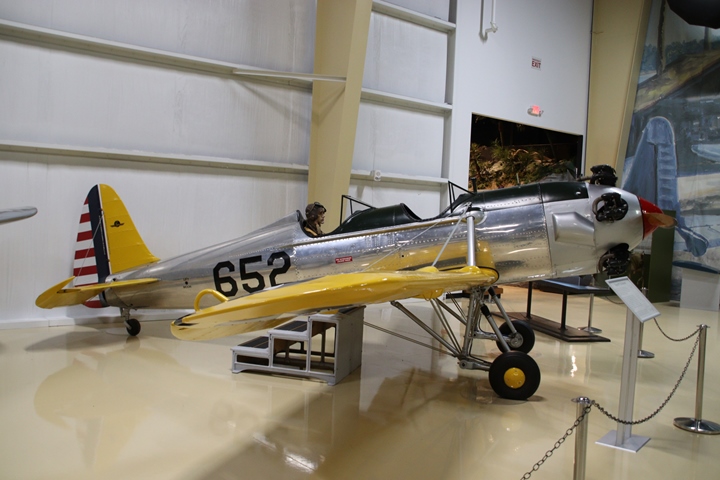
Ryan Aeronautical Corporation built 1,048
PT-22 trainers with Shakespeare throttle quadrant. Author's photo.
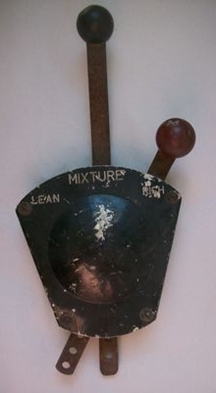
A PT-22 throttle quadrant.
The PT-17, BT-13, and AT-6 were the most used
training aircraft used by both the U.S. Navy and U.S. Army Air
Forces in World War Two. Shakespeare Products built throttle
quadrants for all three types of aircraft.
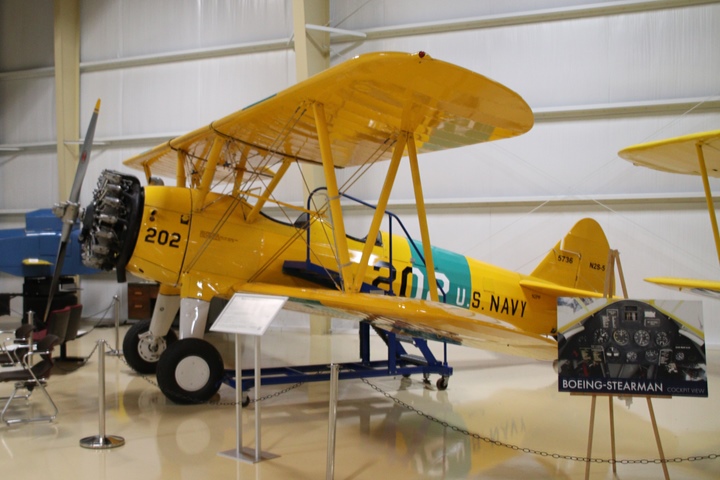
The PT-17 is the most famous of the American
World War Two primary trainers. Author's photo.
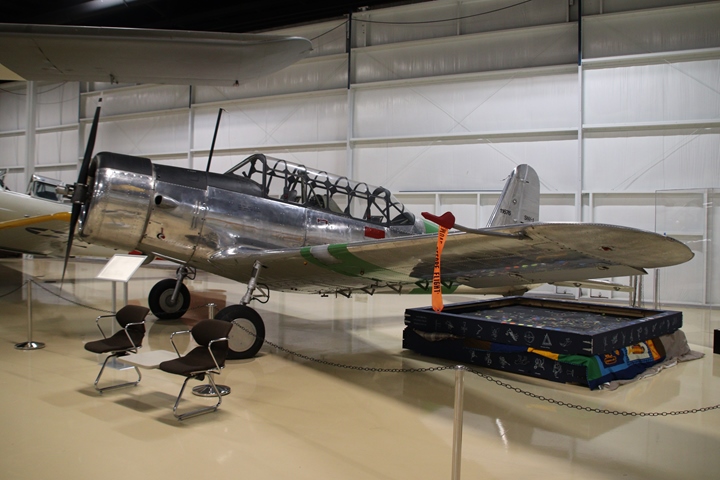
The BT-13. Author's photo.
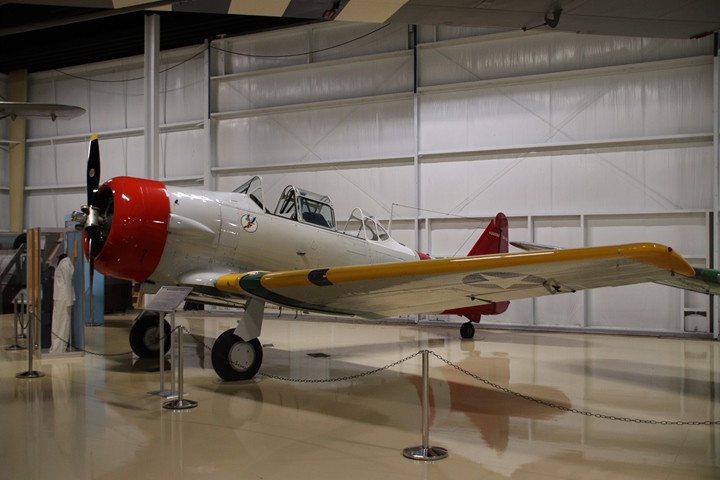
The AT-6. Author's photo.
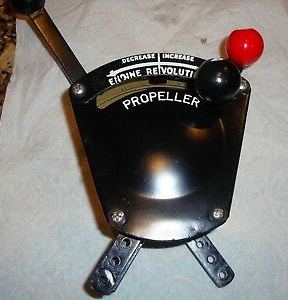
A Shakespeare-built AT-6 throttle quadrant.
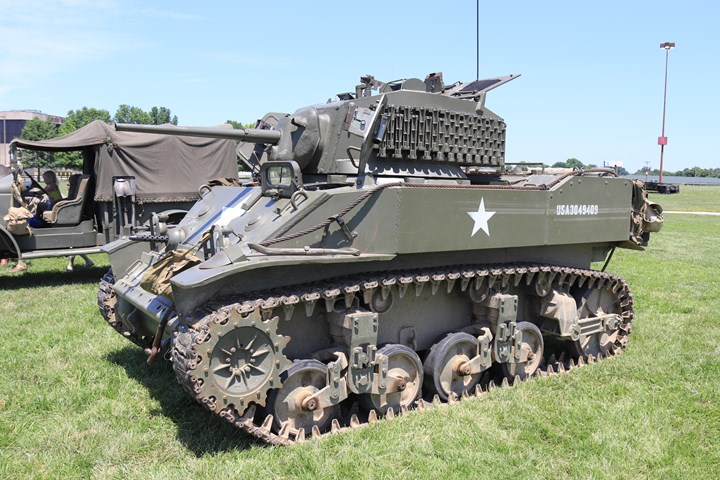
Cadillac, the Southern California Division
of General Motors, and Massey-Harris built a total of 6,810
M5/M5A1 Stuart tanks. Each on came equipped with a Shakespeare
throttle hand control assembly part number PM1106. Author's photo.
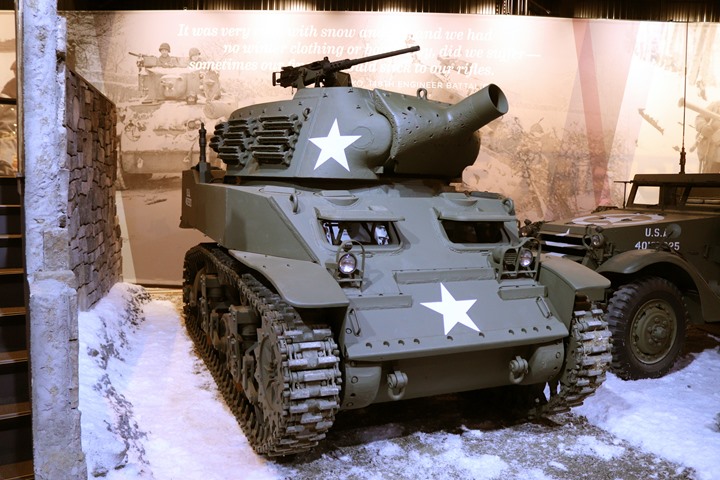
Cadillac built 1,778 M8 75mm gun carriages that also used Shakespeare
part number PM1106. Author's photo.
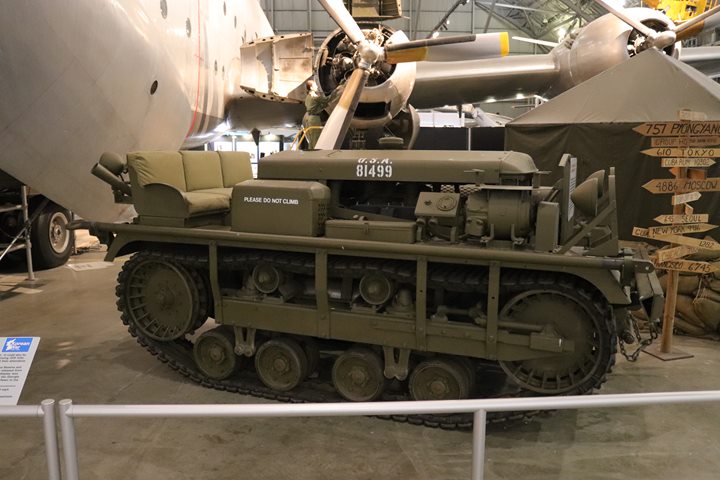
The M2 "Cletrac" was a high speed
tractor that was designed and primarily built by Cleveland Tractor
of Ohio. John Deere was also built the M2 for a total of 8,610
units built. The U.S. Army Air
Force used them to move aircraft around at its bases all over the world. Author's photo.

The Shakespeare Company of 417-427 North
Pitcher Street in Kalamazoo, MI is listed as a supplier in the parts manual
for the M2 high speed tractor. The actual part or parts supplied
by Shakespeare are not explicitly defined in the manual. Most
likely, the company supplied either a manual throttle or choke cable
assembly or both.
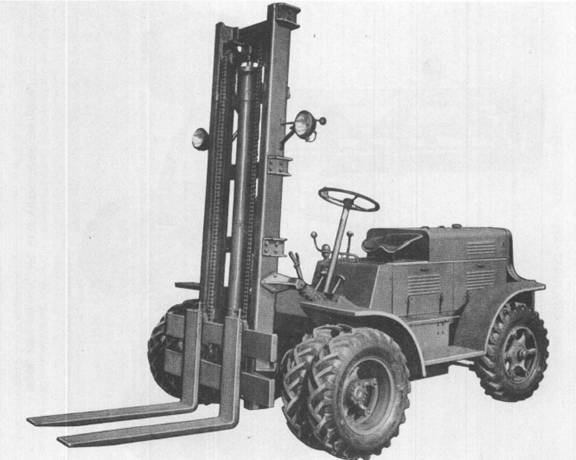
Shakespeare supplied the manual choke controls for the Clark Planeloader Forklift truck built in nearby Battle Creek, MI. This
was its Model 1192-M-8 cable assembly.
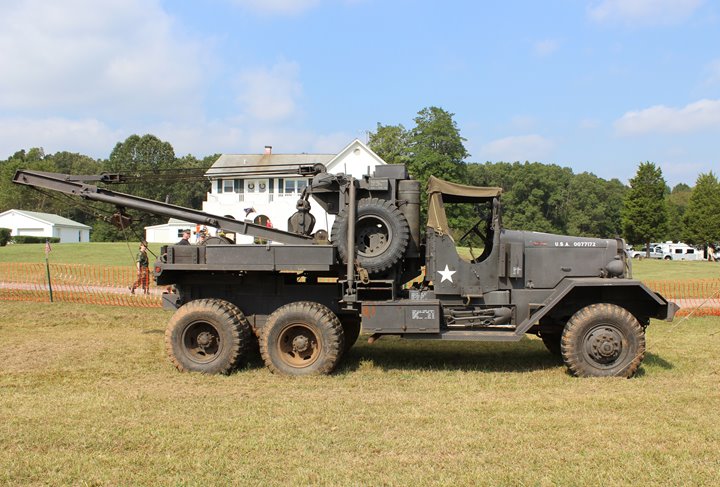
The Ward LaFrance M1A1 had two Shakespeare
Products components on it.
These were a hand control throttle part number SHA-8136256-T and
distributor spark control part number SHA-8136256-P. Ward LaFrance built
4,925 M1 and M1A1 wreckers during World War Two. Kenworth built
another 840 M1A1s for a total of 5,765 total units built. Author's
photo.
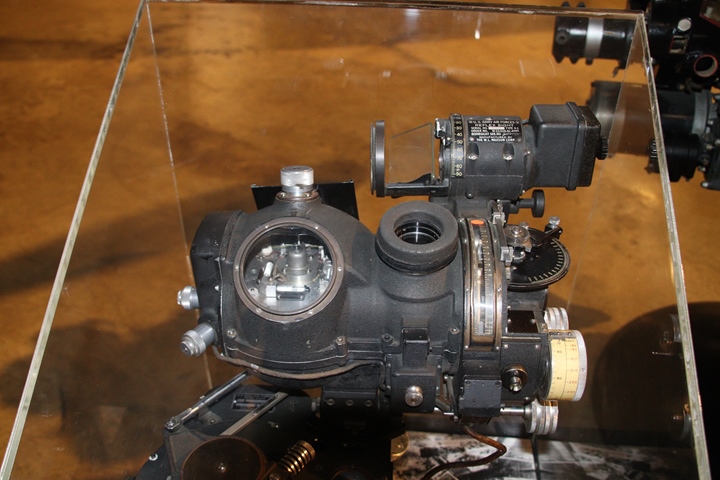
The Norden M9 bombsight had over 2,000 parts
in it, many of which were made by Shakespeare. Author's photo.
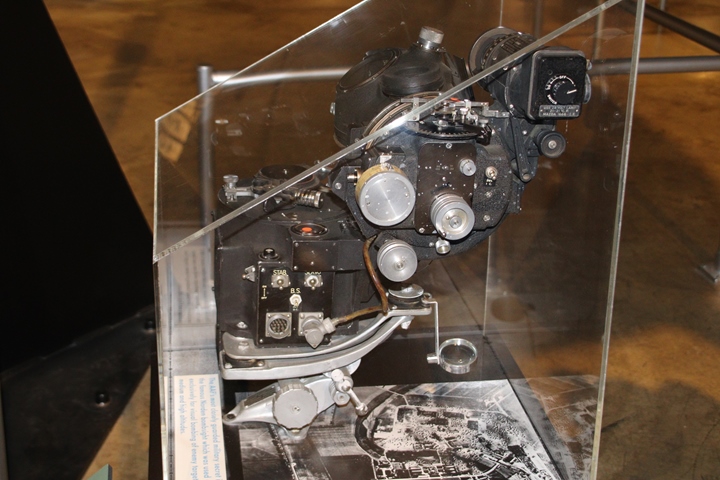
There were 52,083 M9 Norden bombsights
produced by six different companies during World War Two. Author's
photo.
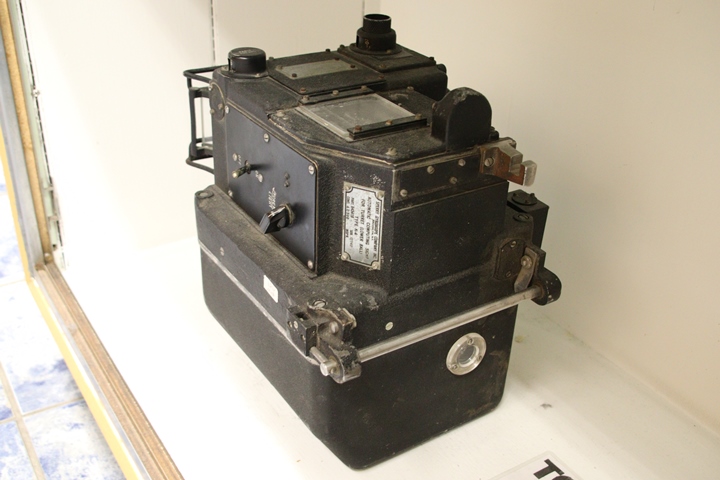
Shakespeare made parts for the Sperry Type
K-4 automatic computing gun sight that was used in the lower ball
turrets of the B-17 and B-24. Author's photo.
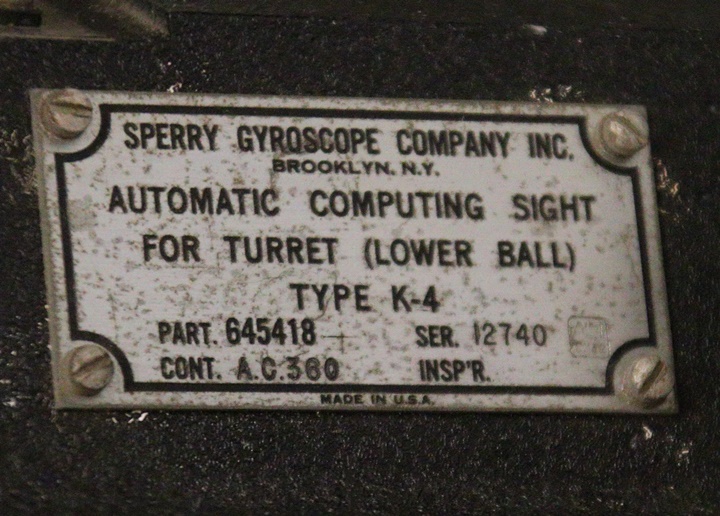
Author's photo.
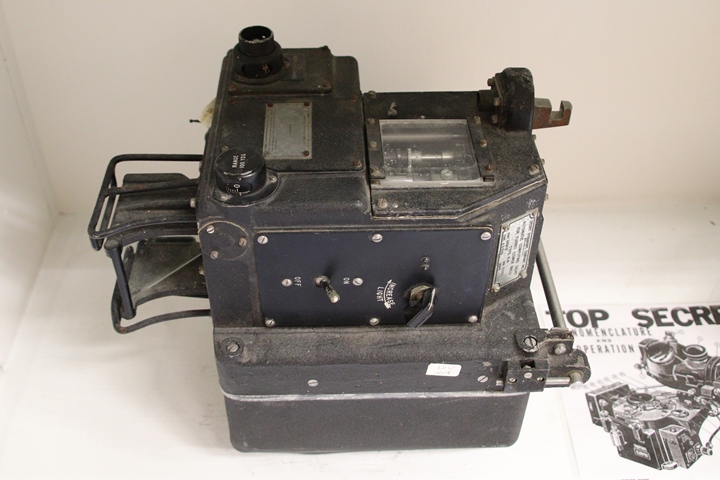
Author's photo.
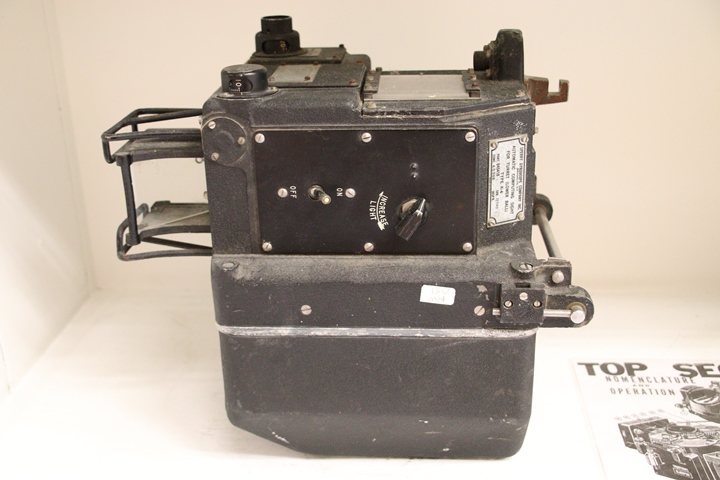
Author's photo.
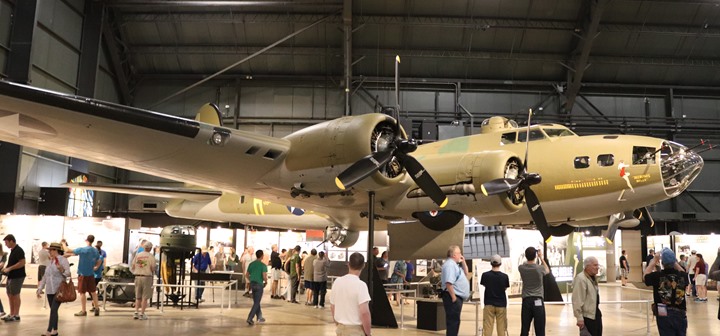
This is the B-17F Memphis Belle on May 17,
2018, 50 years to the date that she completed 25 combat missions over
Europe. This photo was taken several hours after the dedication of
the Memphis Belle at the National Museum of the United States Air Force. Author's photo.
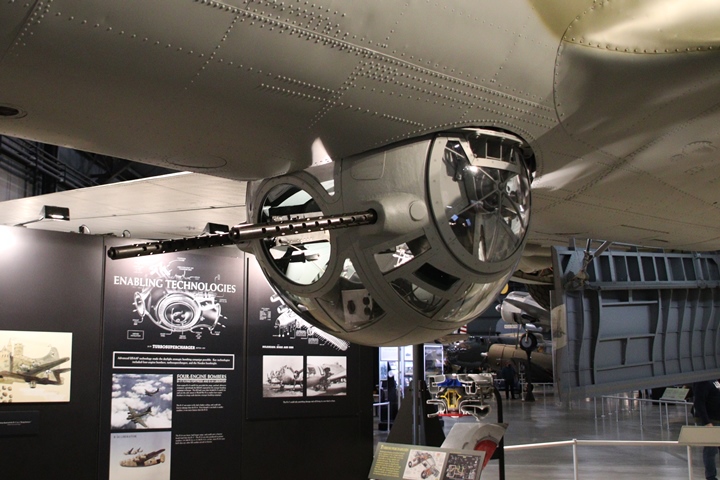
The ball turret on the B-17 Memphis Belle was where the K-4 gun sight was
located. Author's photo.
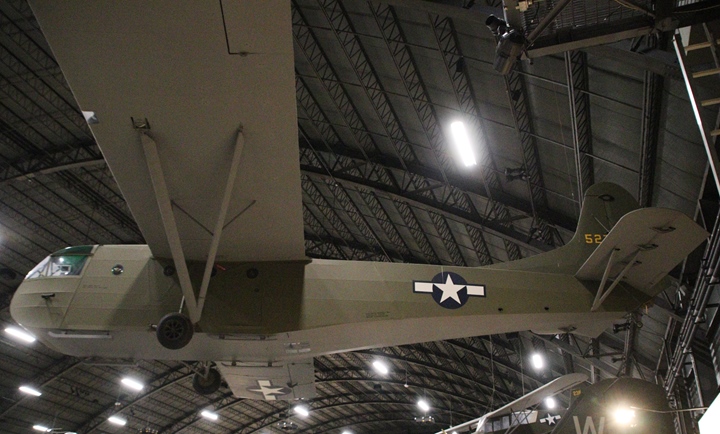
One source indicates that Shakespeare built
the steel tube frames for the CG-4A gliders built by Gibson Refrigerator
Company in nearby Greenville, MI. The glider shown here is Gibson
Refrigerator Company-built CG-4A serial number 45-27948. It
was one of 1,078 built by Gibson and is on display at the National
Museum of the United States Air Force. Author's photo.
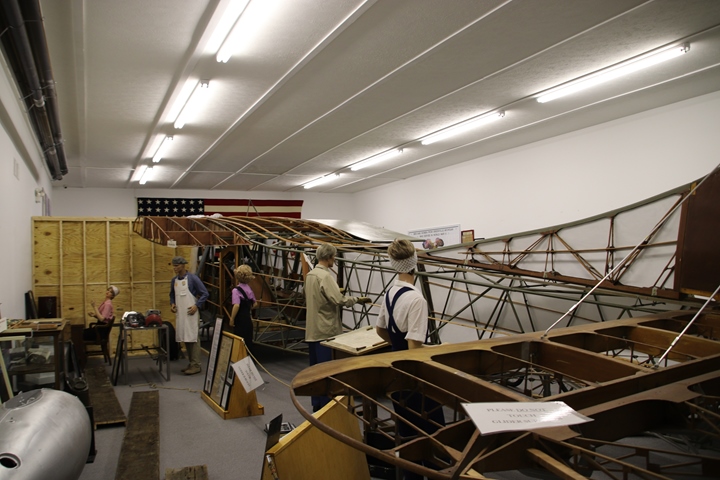
Shakespeare could have made fuselage
sub-assemblies where they were welded together into complete units at
the Gibson plant. Shakespeare could have also made complete
assemblies. Author's photo.
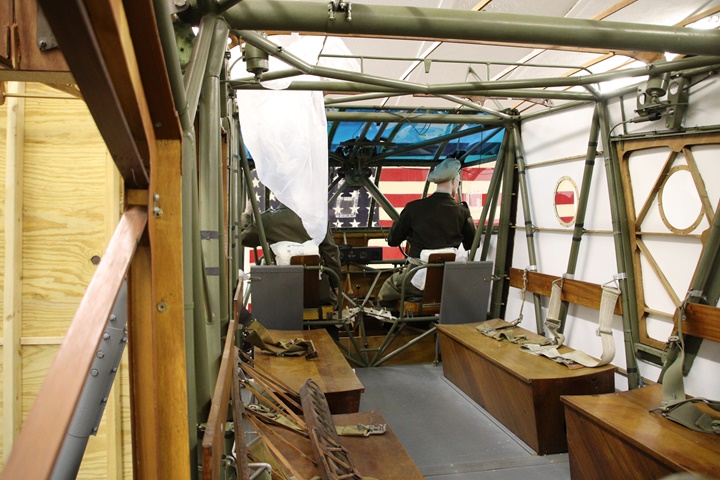
Author's photo.
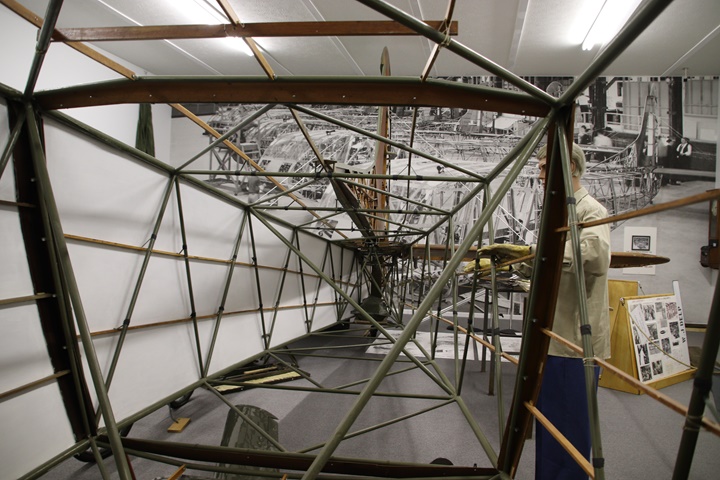
Author's photo.
The Shakespeare Plants:
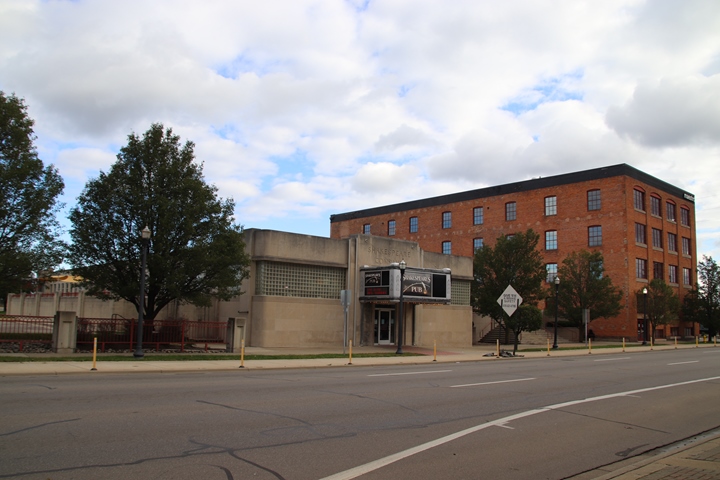
Part of the Shakespeare plant on the north
side of downtown Kalamazoo, MI still exists. The five-story red
brick building was one of several factory buildings that were in this
location. The tan stone building was the company headquarters and
offices. This view is looking northeast from Kalamazoo Avenue.
Author's photo.
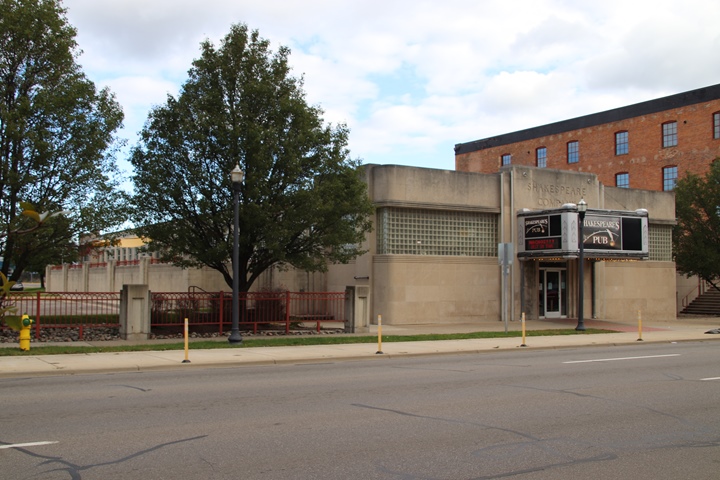
Currently, the former Shakespeare office
building is a bar. Author's photo.
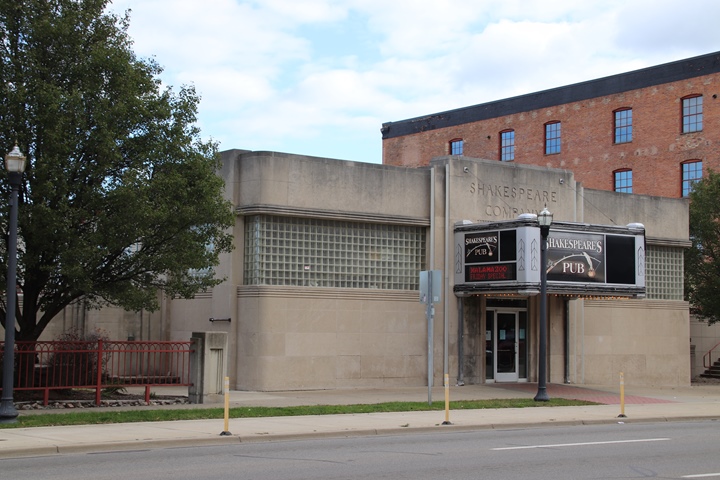
Shakespeare's Pub opened for business in
July 2003.Author's photo.
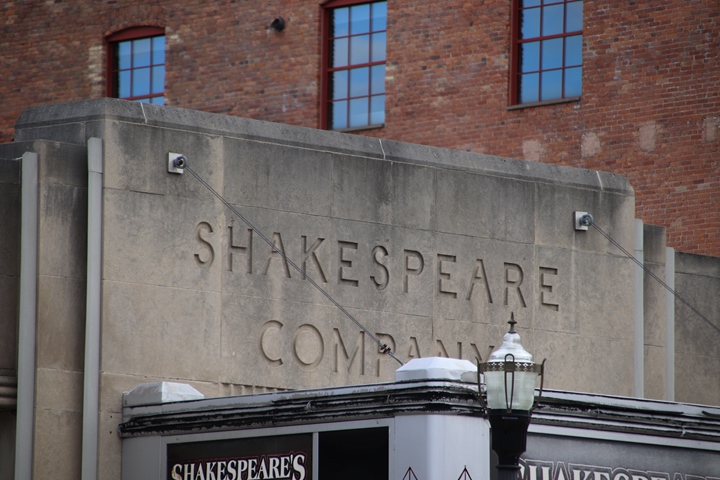
The name of the Shakespeare Company is still
a part of the building. Author's photo.
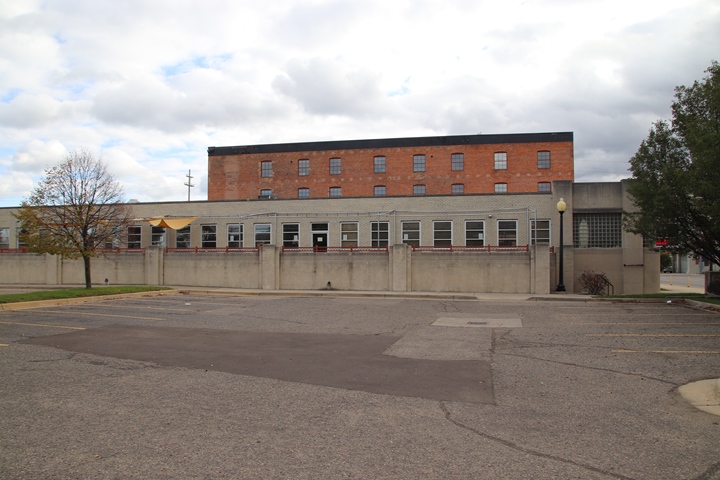
The next photos are looking at the west side
of the former Shakespeare headquarters building. Author's photo.
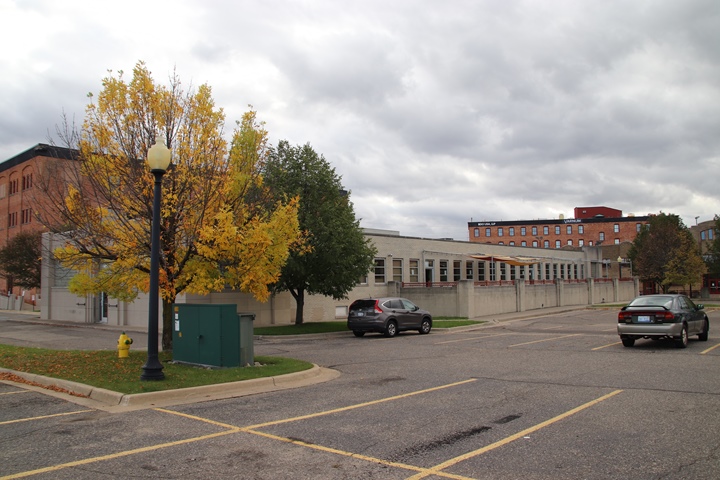
Author's photo.
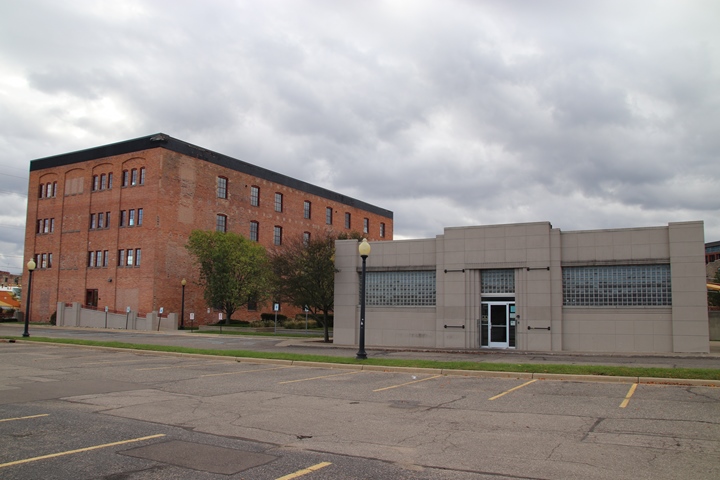
This view is looking at the north side of
the two remaining Shakespeare buildings. Author's photo.
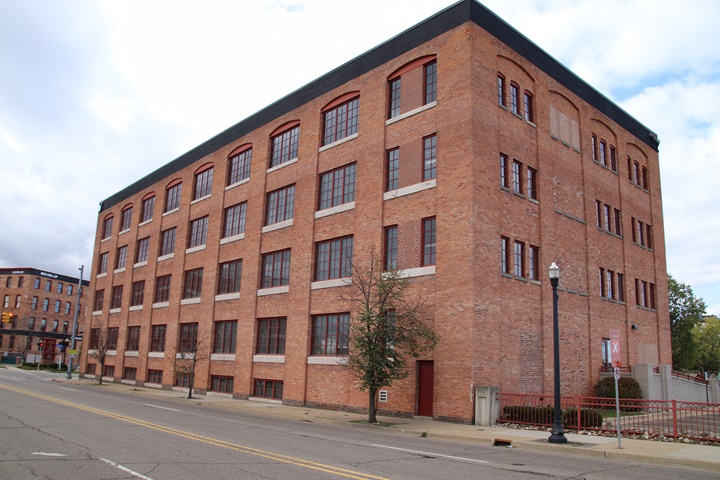
The street that borders the east side of the
five story building is North Pitcher Street. During World War Two,
the address given in U.S. Army documents show the address of Shakespeare
as
being 417-427 Pitcher Street, which was this building. Author's
photo.
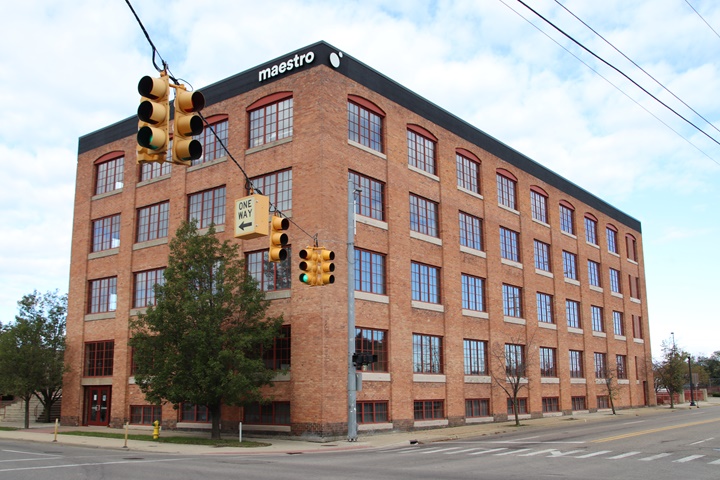
Author's photo.
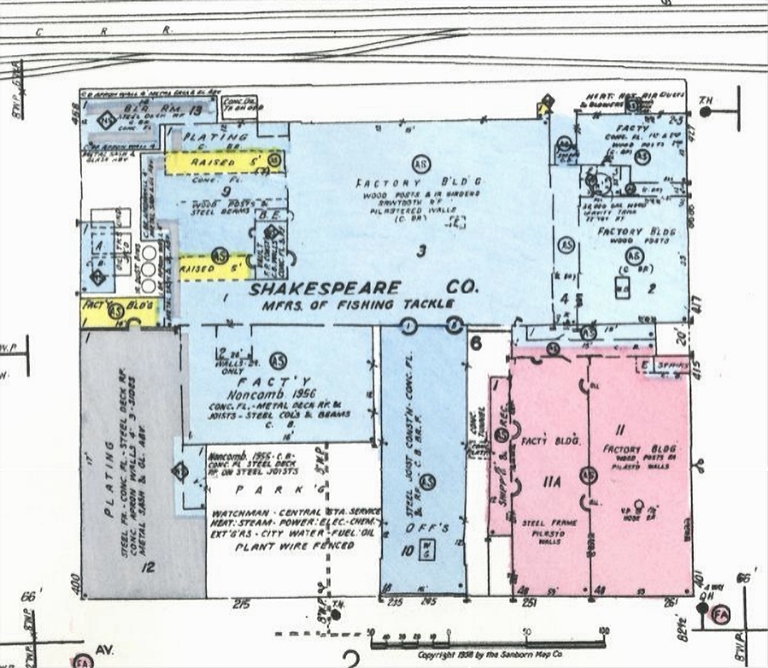
This 1958 Sanborn map shows that Shakespeare
took up a whole city block.
|















































